One of Africa’s greatest treasures, the 800-year-old golden rhinoceros of Mapungubwe, is to leave the continent for the first time as part of a British Museum exhibition exploring 100,000 years of South African art.
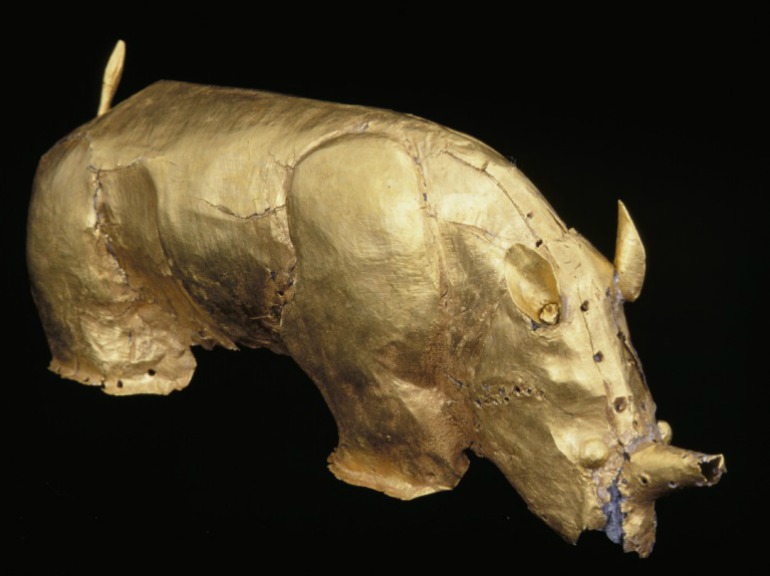 Gold rhino. From Mapungubwe, capital of the first kingdom in southern Africa, c. AD 1220-1290. Photo Credit: Department of Arts, ©University of Pretoria via British Museum.
Gold rhino. From Mapungubwe, capital of the first kingdom in southern Africa, c. AD 1220-1290. Photo Credit: Department of Arts, ©University of Pretoria via British Museum.
More than 200 exhibits will be displayed at the South Africa – The Art of a Nation show, but securing loans of the rhino and other extraordinary gold objects is particularly significant. From 1220 to 1290, Mapungubwe, near the border with present-day Botswana and Zimbabwe, was the capital of the first kingdom in southern Africa. The gold foil figures, discovered in royal graves at Mapungubwe, were actually found in the 1930s but were denied, hidden and marginalised by the apartheid government because they contradicted its racist narrative of terra nullius, the myth of an empty land, which was used to legitimise white rule. The objects testify to the sophisticated, settled society which traded gold and ivory with China, India and Egypt many centuries before settlers from Europe arrived.
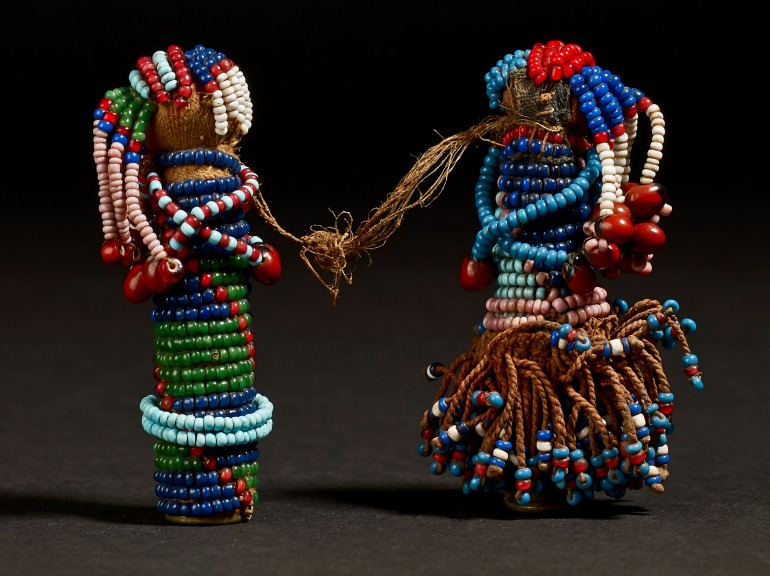 Pair of Sotho Gun Cartridge Dolls, Glass, brass and leather, South Africa, late 19th Century. Photo Credit: © British Museum.
Pair of Sotho Gun Cartridge Dolls, Glass, brass and leather, South Africa, late 19th Century. Photo Credit: © British Museum.
The exhibition at British Museum features a selection of significant objects, including some of the world’s oldest art objects and striking contemporary pieces responding to the country’s recent past. See the history of a nation from a new perspective and celebrate the artistic accomplishments of the many peoples that have contributed to the story of South Africa. The South Africa – The Art of a Nation exhibition at British Museum is on 27 October 2016 – 26 February 2017.
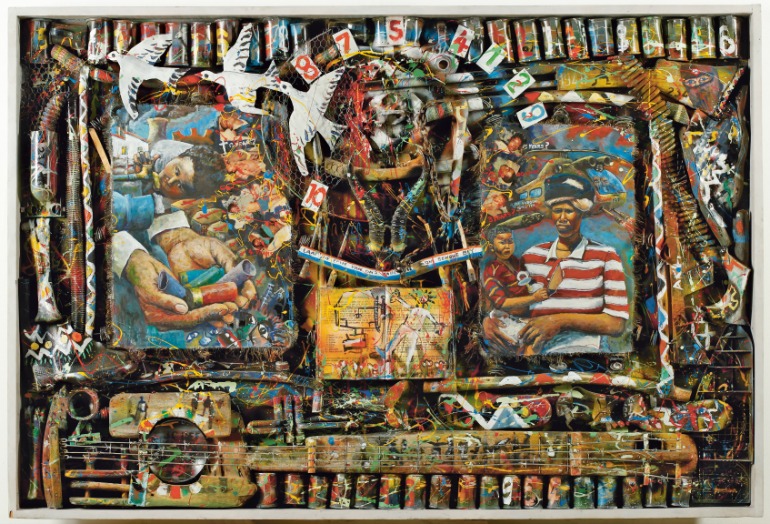 Willie Bester (born 1956),Transitions, painting mixed media, 1994. Private collection. Photo Credit: © The artist via British Museum.
Willie Bester (born 1956),Transitions, painting mixed media, 1994. Private collection. Photo Credit: © The artist via British Museum.
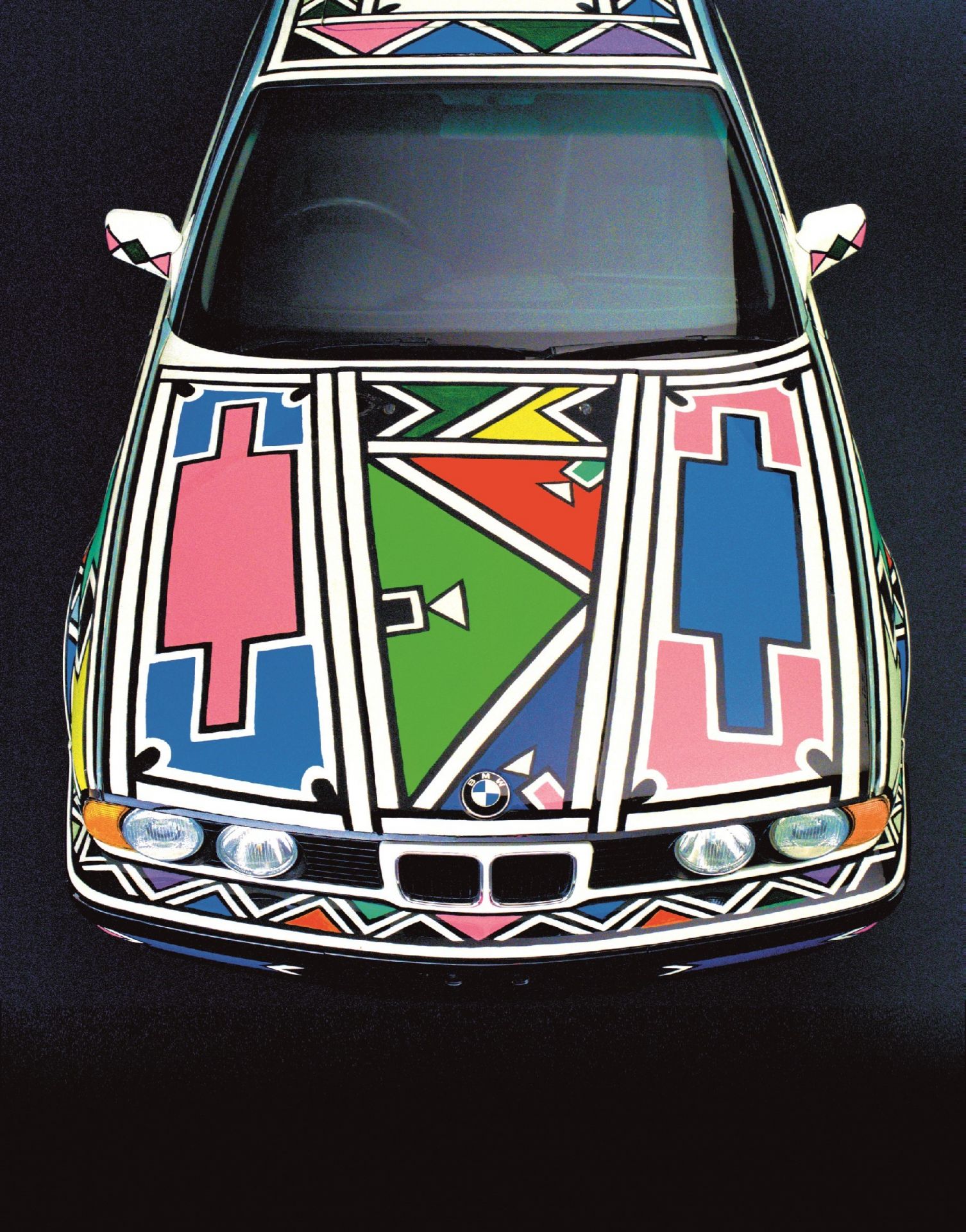 Esther Mahlangu (b. 1935), detail of BMW Art Car 12, 1991. © Esther Mahlangu. Photo Credit: © BMW Group Archives via British Museum.
Esther Mahlangu (b. 1935), detail of BMW Art Car 12, 1991. © Esther Mahlangu. Photo Credit: © BMW Group Archives via British Museum.



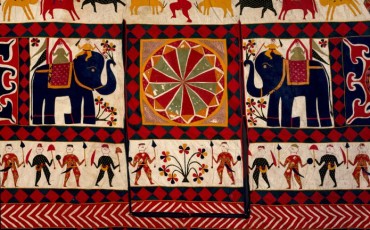
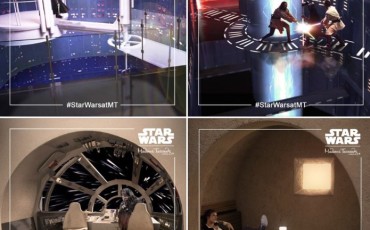


Leave a Reply